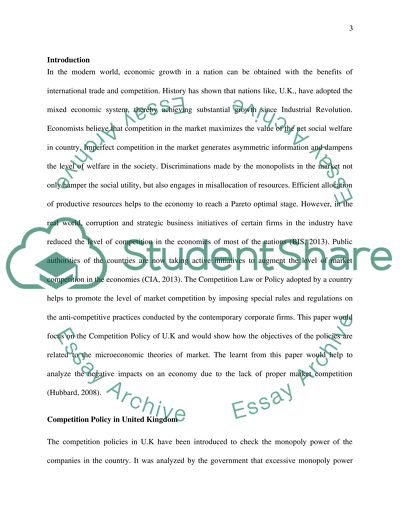Cite this document
(“Market imperfections and failures Assignment Example | Topics and Well Written Essays - 2500 words”, n.d.)
Retrieved de https://studentshare.org/macro-microeconomics/1493540-market-imperfections-and-failures
Retrieved de https://studentshare.org/macro-microeconomics/1493540-market-imperfections-and-failures
(Market Imperfections and Failures Assignment Example | Topics and Well Written Essays - 2500 Words)
https://studentshare.org/macro-microeconomics/1493540-market-imperfections-and-failures.
https://studentshare.org/macro-microeconomics/1493540-market-imperfections-and-failures.
“Market Imperfections and Failures Assignment Example | Topics and Well Written Essays - 2500 Words”, n.d. https://studentshare.org/macro-microeconomics/1493540-market-imperfections-and-failures.


